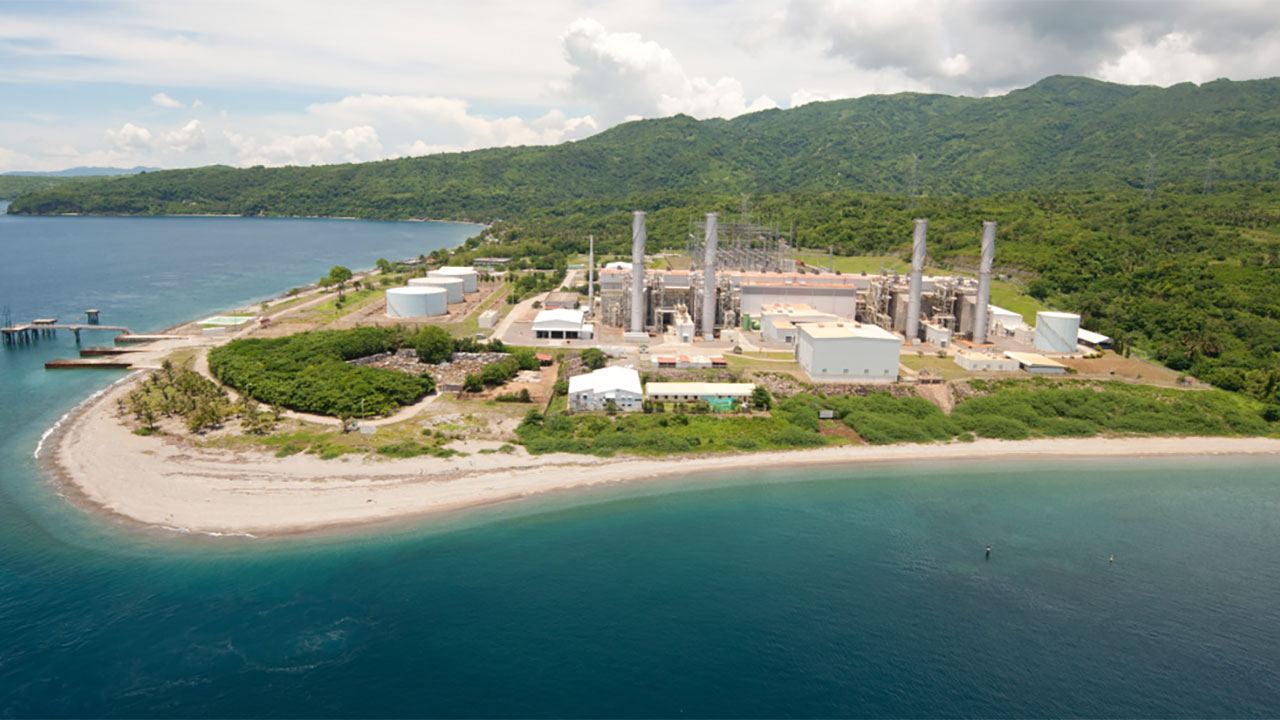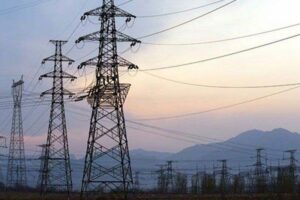
Batangas LNG plants to attain full capacity by May — DoE

THE Department of Energy (DoE) said it expects sufficient power supply during the warm and dry season, when electricity demand peaks, as two gas-fired power plants in Batangas are set to generate a full combined capacity of 2,500 megawatts (MW) by next month.
“We were told that by the middle of May, instead of the 1,350 MW we have from those two plants now, we will reach 2,500 MW. So, we’ll be fine this summer,” Energy Undersecretary Rowena Cristina L. Guevara said on the sidelines of a forum on Wednesday.
“We are just hoping that other plants will not have outages,” she added.
South Premiere Power Corp. (SPPC) and Excellent Energy Resources, Inc. (EERI) implemented a three-day temporary shutdown of their gas-fired power plants in Batangas.
During the maintenance shutdown from March 29 to 31, Linseed Field Corp. (LFC) conducted mechanical activities at its liquefied natural gas (LNG) terminal in preparation for the completion of its onshore LNG tank by the end of this month.
Both plants have resumed operations, increasing their combined output to 1,350 MW from the previous 1,300 MW.
SPPC and EERI are jointly owned by Meralco PowerGen Corp. (MGen) of Manila Electric Co., Therma NatGas Power, Inc. (Therma) of Aboitiz Power Corp., and San Miguel Global Power Holdings Corp. (SMGP) of San Miguel Corp. Earlier this year, these firms signed a $3.3-billion LNG deal to launch the country’s first LNG facility.
Under the agreement, MGen and Therma jointly invested in two of SMGP’s gas-fired power plants: the 1,278-MW Ilijan power plant and the new 1,320-MW combined-cycle power facility, both in Batangas.
MGen and Therma, through Chromite Gas, along with SMGP, also invested in the LNG import and regasification terminal owned by Linseed.
While there is sufficient electricity supply, Energy Assistant Secretary Mario C. Marasigan said the possibility of red or yellow alerts cannot be ruled out.
“In our simulations, the possibility of having a yellow or red alert is not ruled out. But we just want to clarify that a yellow alert does not necessarily mean there will be brownouts, only a thinning of reserves,” Mr. Marasigan said partly in Filipino in a televised interview.
A yellow alert is issued when the operating margin is insufficient to meet the grid’s contingency requirement, putting the system at risk if the available contingency reserve falls below the required operating margin.
Last month, the state weather bureau, the Philippine Atmospheric, Geophysical, and Astronomical Services Administration (PAGASA), announced the start of the dry season with the termination of the Northeast Monsoon over most parts of the country.
The DoE earlier urged consumers to adopt energy efficiency measures to manage electricity consumption and ensure power supply stability.
The department forecasts peak demand this year to reach 14,769 MW for Luzon, 3,111 MW for Visayas, and 2,789 MW for Mindanao.
Meanwhile, the maximum adjusted available generating capacity is 15,504 MW in Luzon, 3,040 MW in Visayas, and 3,314 MW in Mindanao, as outlined in the Grid Operating and Maintenance Program 2025–2027 and committed power projects for 2025. — Sheldeen Joy Talavera



